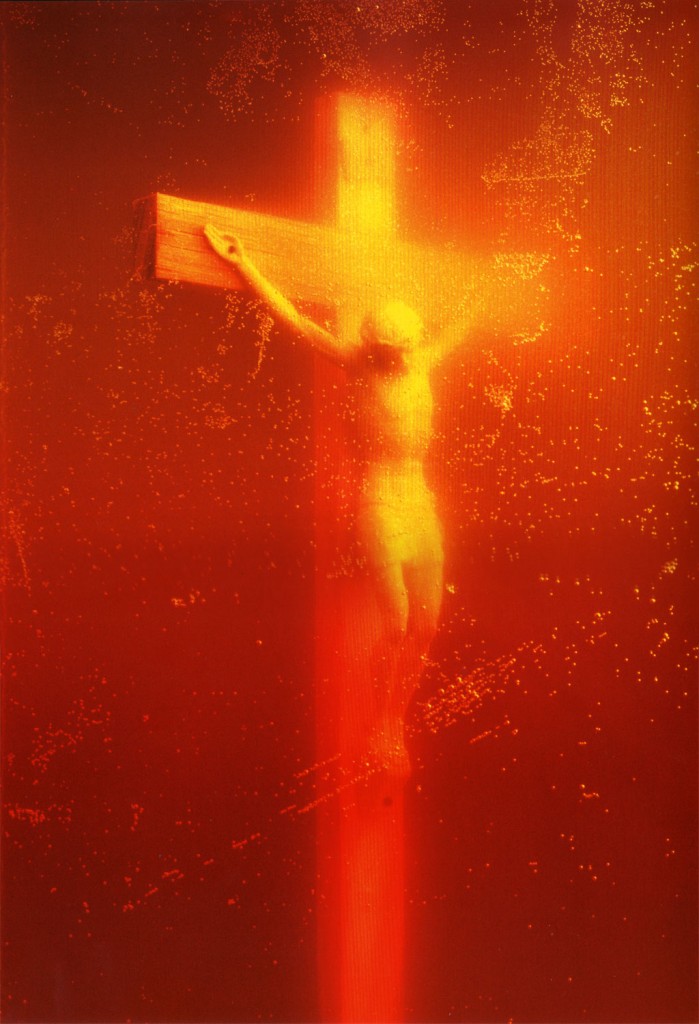|
 The art world is in spiritual crisis—it has not had a new idea in years. So argues the cultural critic and feminist provocateur Camille Paglia in her new book, Glittering Images: A Journey Through Art From Egypt to Star Wars. The book—intended as a companion piece to her 2005 volume of poetry criticism, Break, Blow, Burn—is a slim survey of Western art in 29 essays, each focusing on a single work of art. The works include the idols of Cyclades (circa 3500–2300 B.C.), Bernini’s Chair of Saint Peter (circa 1647–53), Picasso’s Les Demoiselles d’Avignon (1907), and some surprises—like the Star Wars film Revenge of the Sith by George Lucas. The format of the book, Paglia explains in her introduction, is based on Catholic breviaries of devotional images, “like mass cards of the saints.” “Art makes news today,” she writes, “only when a painting is stolen or auctioned at a record price.” The art world is in spiritual crisis—it has not had a new idea in years. So argues the cultural critic and feminist provocateur Camille Paglia in her new book, Glittering Images: A Journey Through Art From Egypt to Star Wars. The book—intended as a companion piece to her 2005 volume of poetry criticism, Break, Blow, Burn—is a slim survey of Western art in 29 essays, each focusing on a single work of art. The works include the idols of Cyclades (circa 3500–2300 B.C.), Bernini’s Chair of Saint Peter (circa 1647–53), Picasso’s Les Demoiselles d’Avignon (1907), and some surprises—like the Star Wars film Revenge of the Sith by George Lucas. The format of the book, Paglia explains in her introduction, is based on Catholic breviaries of devotional images, “like mass cards of the saints.” “Art makes news today,” she writes, “only when a painting is stolen or auctioned at a record price.”
More than 20 years ago, Paglia took another journey through art in her breakout book Sexual Personae: Art and Decadence from Nefertiti to Emily Dickinson. It launched her career as an irrepressible and politically incorrect cultural critic who was suddenly everywhere on the media circuit, speaking on topics ranging from Madonna and Elizabeth Taylor to date rape and educational reform. In the book, Paglia argued that Western culture has been a succession of shifting sexual personae (Mona Lisa is the original dominatrix; Dickinson was Amherst’s Madame de Sade). While she is still more than willing to dig into what is left of the feminist movement—“feminism today is anti-intellectual” and “defined by paranoia,” she says—these days, she directs the venom of her sharp tongue to the dogmatic champions of secularism, liberals who narrow-mindedly dismiss religion and God.
There is one, in particular, whom she cannot stand: the late Christopher Hitchens—like her, a libertarian-minded atheist. The key difference between the two is that he despised religion and God while Paglia respects both and thinks they are fundamental to Western culture and art. Paglia calls Hitchens “a sybaritic narcissist committed to no real ideas outside his personal advancement.” In rushing to defend third-rate works like Andres Serrano’s Piss Christ (1987) and Chris Ofili’s The Holy Virgin Mary (1996), the art establishment backed itself into a partisan corner from which it has been unable to emerge. Thanks to this, many Americans consider the art world to be snobbish, effete, and debased. Paglia’s mission in Glittering Images is to change how ordinary Americans think of art.
“My aim was to write a slim book that would appeal to young people. I wanted to reach people who have never opened an art book in their lives.”
[fragmente din For Camille Paglia, the Spiritual Quest Defines All Great Art, de Emily Esfahani Smith, The Daily Beast]
în imagine: Andres Serrano, Piss Christ (1987).
edCanvas = document.getElementById(‘content’);
Comentarii comentarii
|